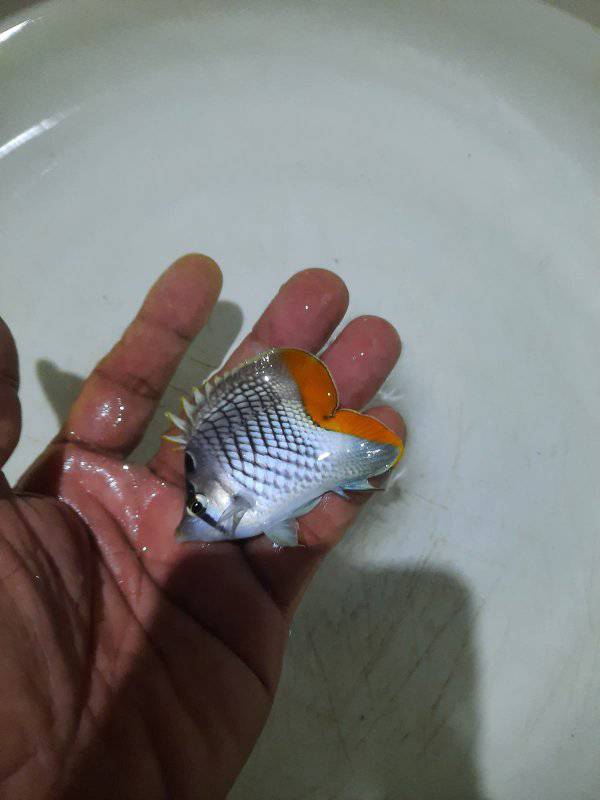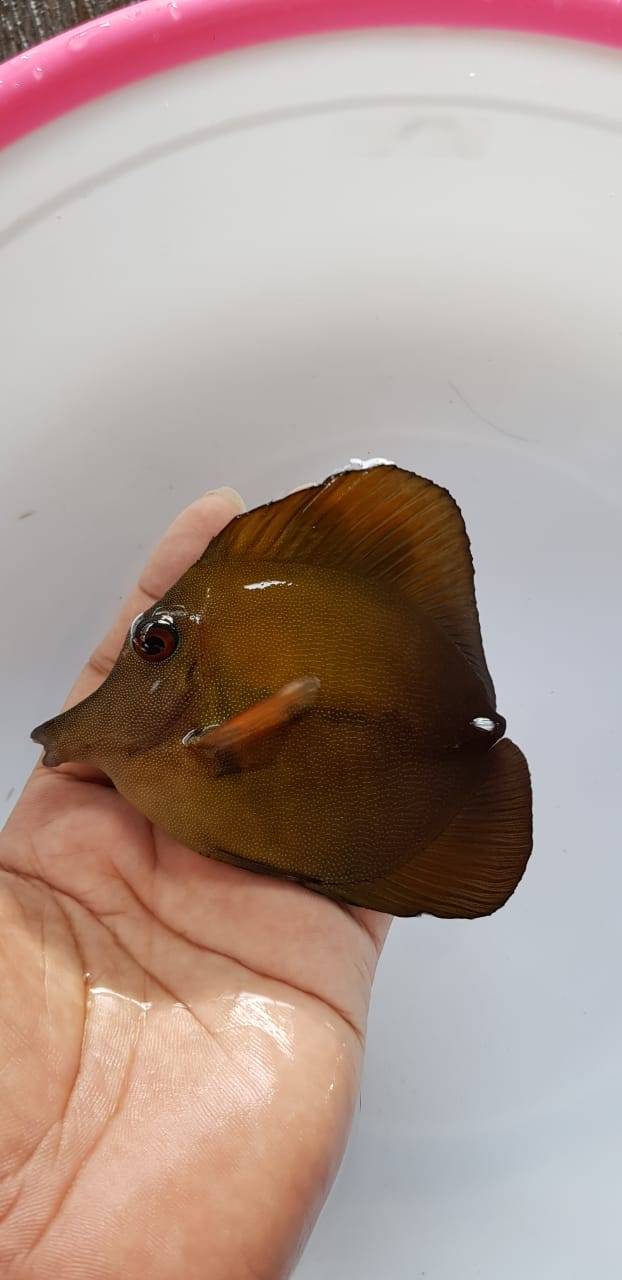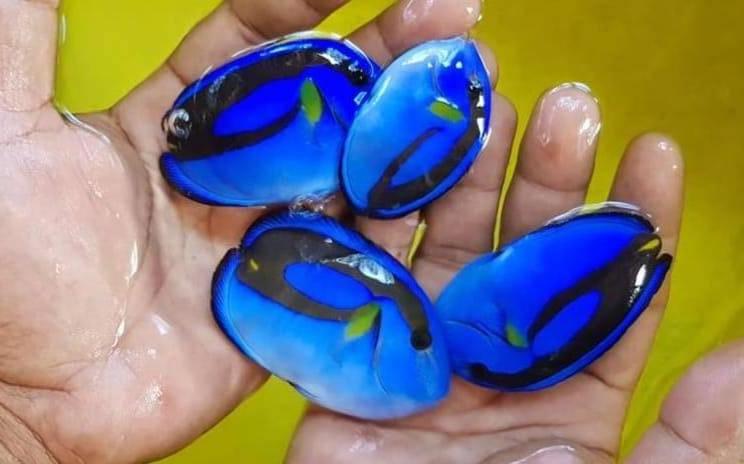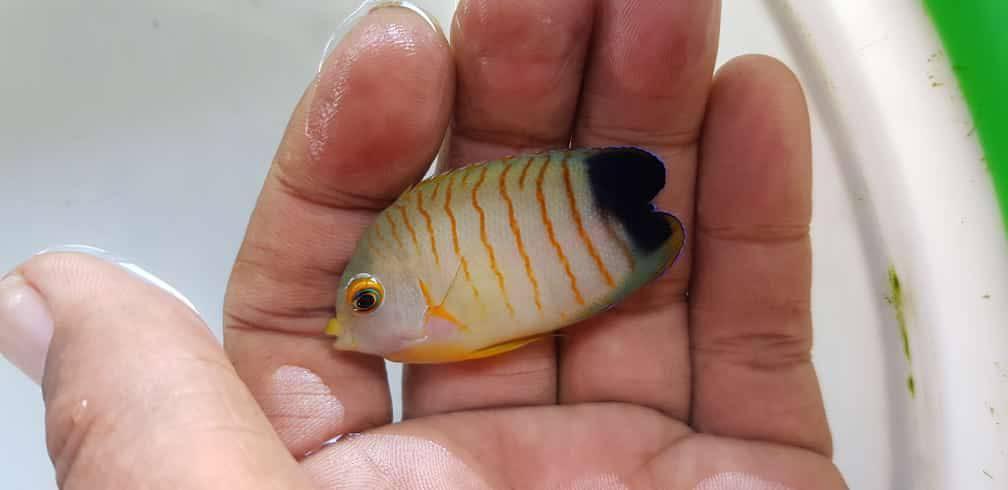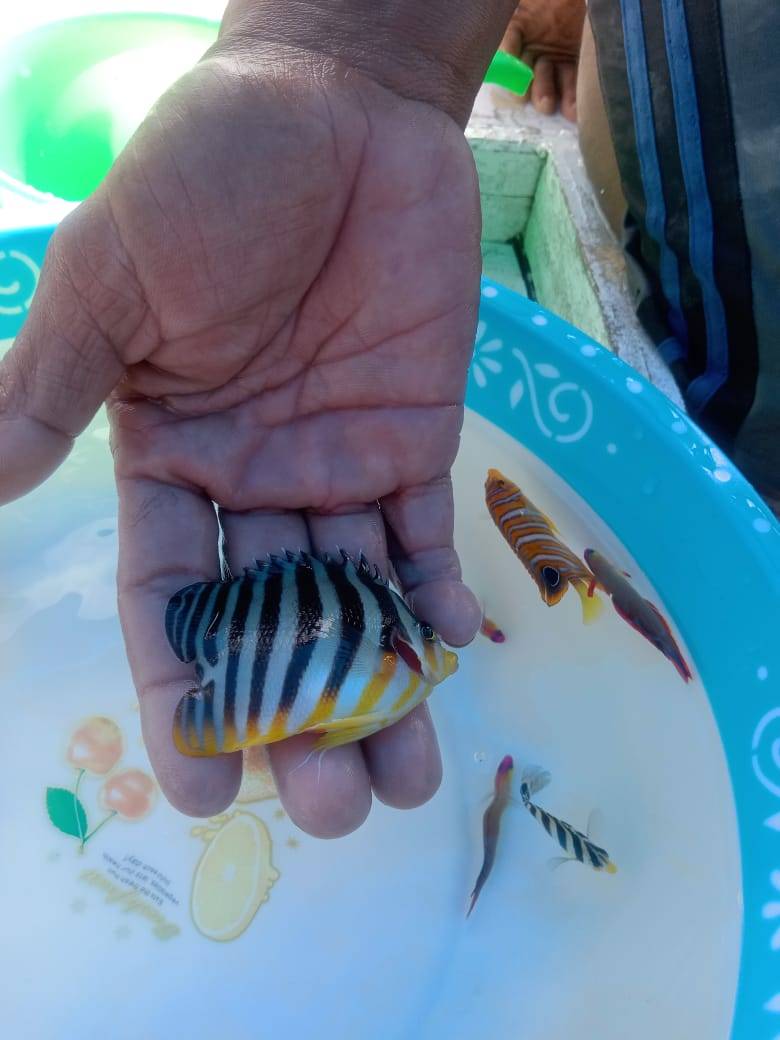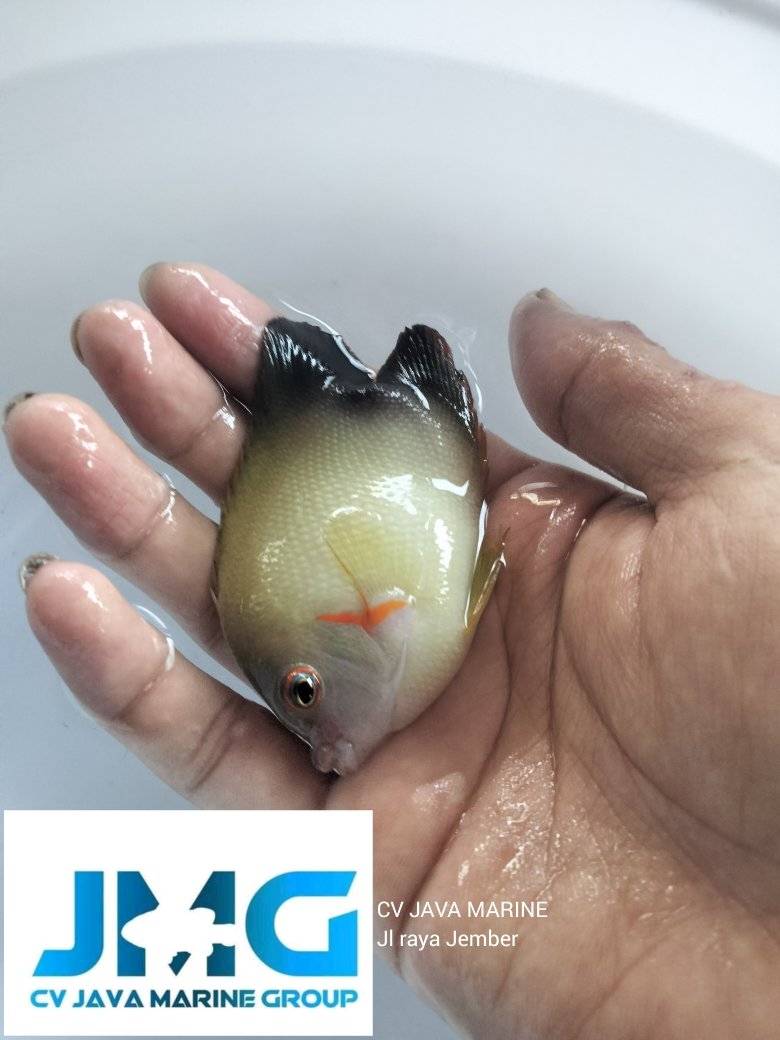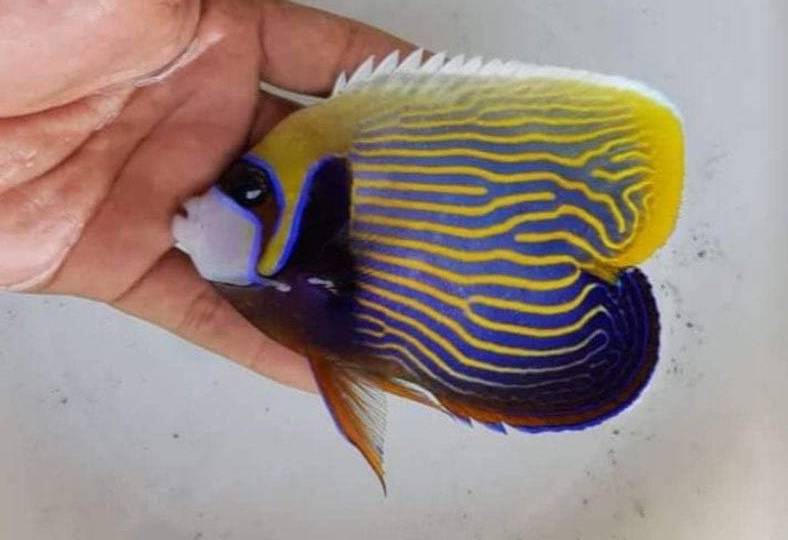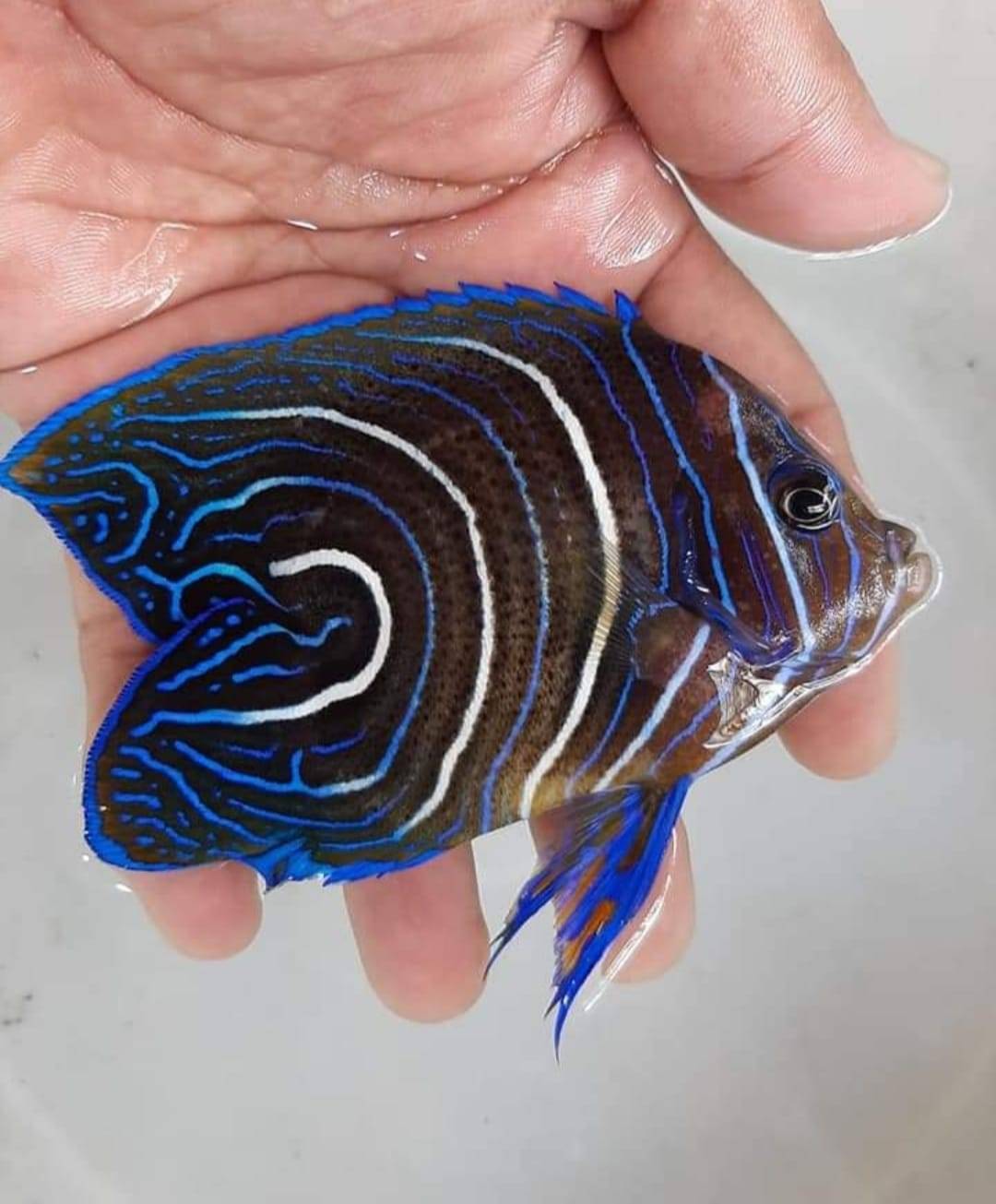As we scrolled our social media news feeds this week we couldn’t help but notice the penchant for tailless saltwater fish shown by Indonesian livestock collector CV Java Marine Group. We have documented many tailless fish over the years and their frequency, but this supplier seems to have clocked up 10 different species of tailless fish from angels to butterflyfish, to clownfish to surgeonfish, in as many months. Despite there being over 34,000 species of fish in the world we continue to crave something different and are prepared to pay more for rarity, scarcity, or unique characteristics that could make aquarium fish one-offs. This is why we are seeing more saltwater aberrations offered than ever before and now, an increasing number of tailless specimens.
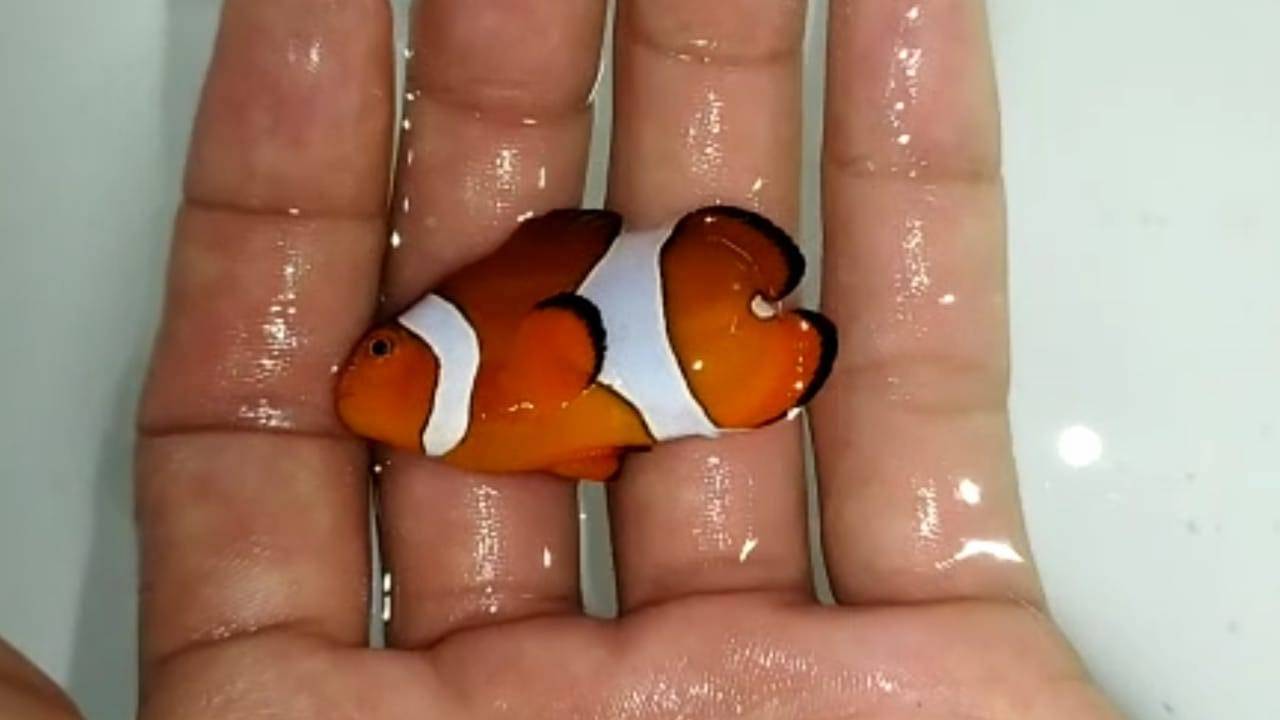
So what is the cause of the missing tails? Many people’s first guess is predation, as the reef is a dangerous place and these adults may have had a near miss as juveniles, their tails bitten off by a predatory fish and then healed over. Although none of the species here exhibit that eyelike ocellus fake eye spot on their tails which may cause a predatory fish to lunge at the tail first. There are even specialist fin eaters in nature, a term called pterygophagy. This can work for both predator and prey in extreme circumstances as the predator can make a meal out of a fish’s fin, the prey fish survives a non-fatal attack and the fin grows back to provide another meal and survive an attack another day. Only the caudal fins didn’t grow back in these cases.
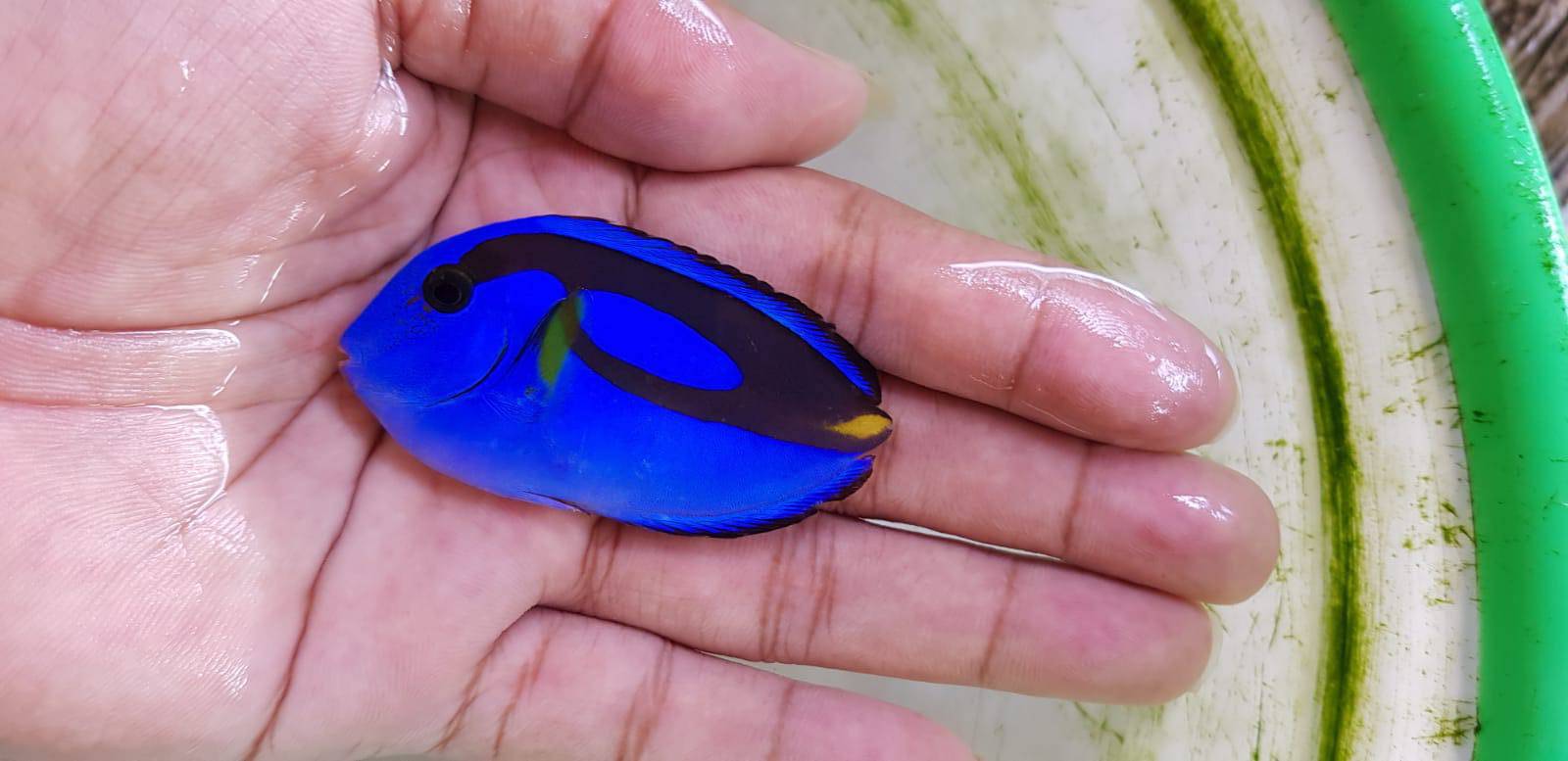
Is it deliberate tail docking? A cruel practice used by some unscrupulous freshwater fish farmers to alter the appearance of Parrot Cichlids and Discus into “Heart Parrots.” Again unlikely as these are wild-caught fish and would probably not survive such a gruesome process or the lengthy captive care necessary afterward to heal, develop, and grow. Instead, these are most likely natural deformities which have survived the lottery of life on the reef and are of a species and body shape which aren’t too heavily reliant on their tails.
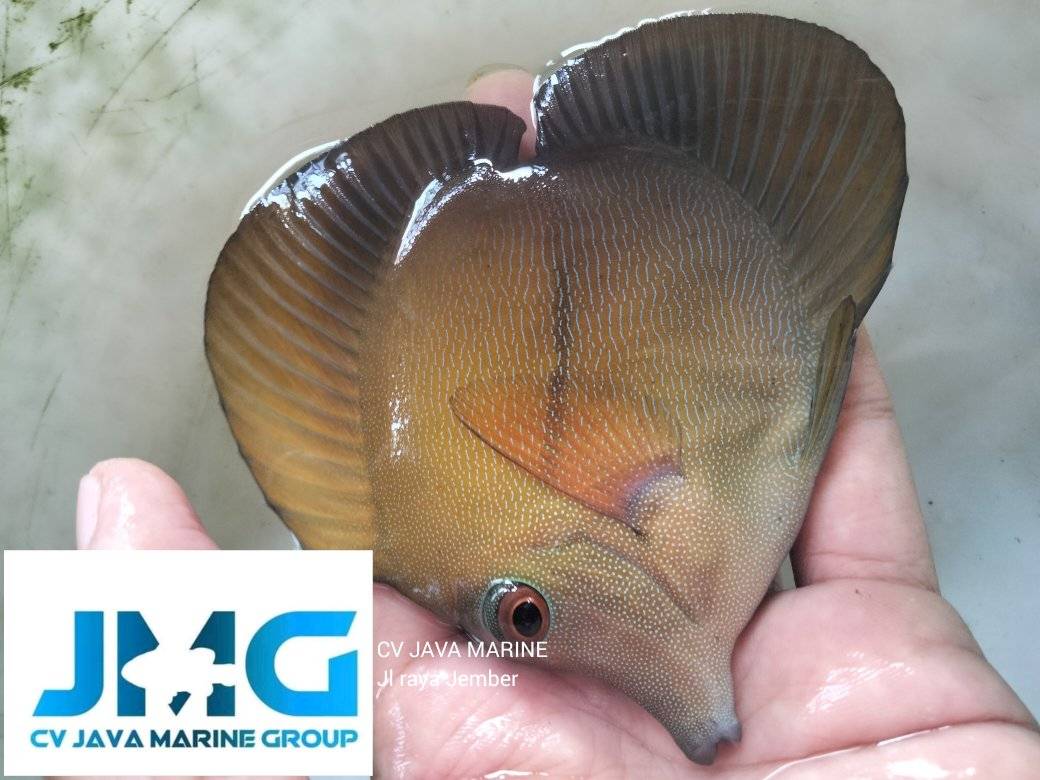
Java Marine shows off tailless Scopas and Regal tangs, Emperor, Keyhole, Redstripe and Koran angels, Yellowtail butterflyfish, and a Common clownfish, all of which must be able to survive due to their rectangular or circular body shape, and where developed dorsal and anal fins can take up the strain of both rear end propulsion and steering. The angelfish in particular don’t seem to miss their tails, survive to adulthood on the reef, and are then perfectly capable of passing on those genes a generation further via spawning. There are also much greater chances of tailless fish as captive breeding (and line-breeding,) becomes much more widespread throughout the saltwater fish families.
